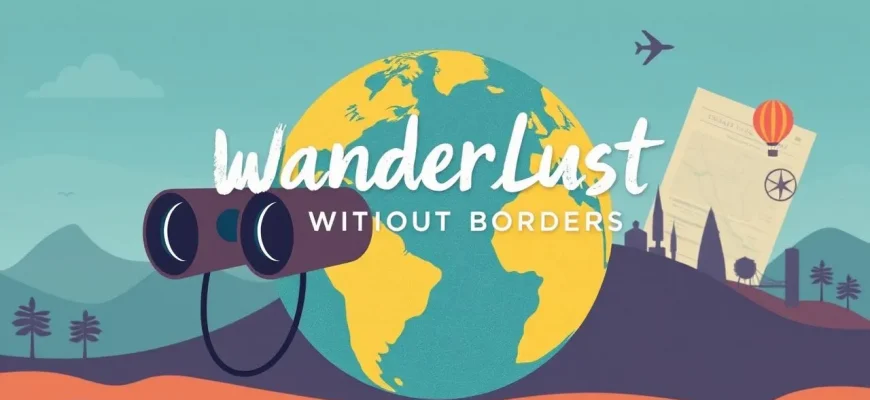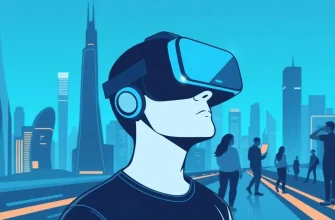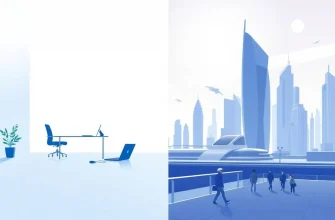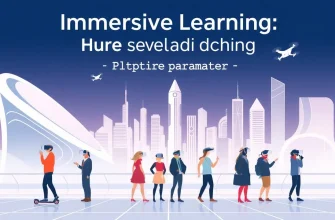In today's fast-paced world, where travel can sometimes be a luxury, virtual travel documentaries offer a unique window into the wonders of our planet. These films not only provide an escape but also educate and inspire, showcasing breathtaking landscapes, cultural insights, and human stories from around the globe. Whether you're an armchair traveler or planning your next adventure, these documentaries will transport you to distant lands, offering a taste of the world's diversity and beauty.
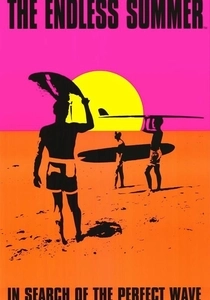
The Endless Summer (1966)
Description: This classic surf documentary follows two surfers as they travel the world in search of the perfect wave. It's not just about surfing; it's a cultural exploration of the places they visit, offering a unique perspective on travel and adventure.
Fact: The film is credited with popularizing the sport of surfing globally. It was also one of the first films to use the term "The Endless Summer" to describe the perpetual quest for the ideal surfing conditions.
 Watch Now
Watch Now 
Baraka (1992)
Description: A precursor to Samsara, Baraka explores the wonders of the world through a series of breathtaking images, offering a visual journey that transcends language and culture. It's an immersive experience that invites viewers to reflect on the interconnectedness of life.
Fact: The film was shot in 24 countries and took four years to complete. It uses no narration, allowing the images to speak for themselves, accompanied by a powerful score.
 Watch Now
Watch Now 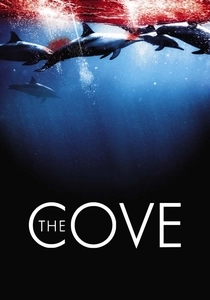
The Cove (2009)
Description: While primarily focusing on the dolphin hunt in Taiji, Japan, this documentary also takes viewers on a journey through the ocean's mysteries, highlighting the beauty and the threats to marine life. It's a poignant travelogue into the underwater world.
Fact: The film won the Academy Award for Best Documentary Feature in
 Watch Now
Watch Now 
The Salt of the Earth (2014)
Description: This film follows the life and work of photographer Sebastião Salgado, showcasing his travels and photographic journeys across the globe. It's a visual travelogue through some of the most remote and beautiful places on Earth.
Fact: The film was co-directed by Wim Wenders and Juliano Ribeiro Salgado, Sebastião's son, providing a deeply personal insight into the photographer's life and work.
 Watch Now
Watch Now 
Planet Earth (2006)
Description: This landmark series by the BBC takes viewers on a global tour of Earth's natural wonders, from the depths of the ocean to the peaks of mountains. Each episode is a virtual travel experience, showcasing the planet's most spectacular landscapes and wildlife.
Fact: The series took five years to film, with over 200 locations visited. It was the most expensive nature documentary series ever commissioned by the BBC at the time.
 Watch Now
Watch Now 
Samsara (2011)
Description: This visually stunning documentary takes viewers on a journey across 25 countries, capturing the essence of human existence through non-narrative sequences. It's a perfect film for those who wish to experience the world's beauty and diversity in a meditative, almost spiritual way.
Fact: Samsara was shot over a period of five years, using 70mm film to capture its breathtaking visuals. The film has no dialogue, relying entirely on its imagery and music to tell its story.
 30 Days Free
30 Days Free 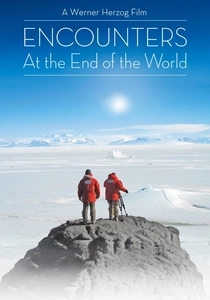
Encounters at the End of the World (2007)
Description: Werner Herzog's documentary takes viewers to Antarctica, where he explores the lives of scientists and the unique wildlife. It's a journey to one of the last frontiers, offering a virtual expedition to the icy wilderness.
Fact: Herzog himself traveled to Antarctica to film this documentary, capturing the surreal beauty and isolation of the continent.
 30 Days Free
30 Days Free 
The Wildest Dream (2010)
Description: This film retraces the steps of George Mallory's quest to climb Mount Everest in the 1920s. It's a journey through time and space, offering a virtual climb of the world's highest peak while exploring the history of mountaineering.
Fact: The film includes footage from an expedition to find Mallory's body, which was discovered in 1999, adding a layer of historical intrigue.
 30 Days Free
30 Days Free 
Life in a Day (2011)
Description: This unique documentary compiles footage from around the world, all shot on a single day, July 24, 2010. It provides a snapshot of humanity, offering a virtual travel experience through the eyes of people from different cultures and backgrounds.
Fact: Over 80,000 videos were submitted from 192 countries, making it one of the largest user-generated content projects ever.
 30 Days Free
30 Days Free 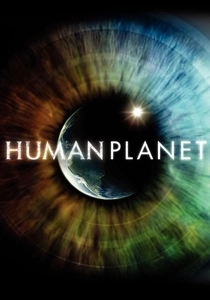
The Human Planet (2011)
Description: This series explores how humans adapt to various extreme environments around the world, from the Arctic to the Amazon. It's a virtual travel experience that delves into the relationship between humanity and nature.
Fact: The series was filmed over four years, involving 175 locations and showcasing the lives of people in some of the most remote and challenging places on Earth.
 30 Days Free
30 Days Free 
